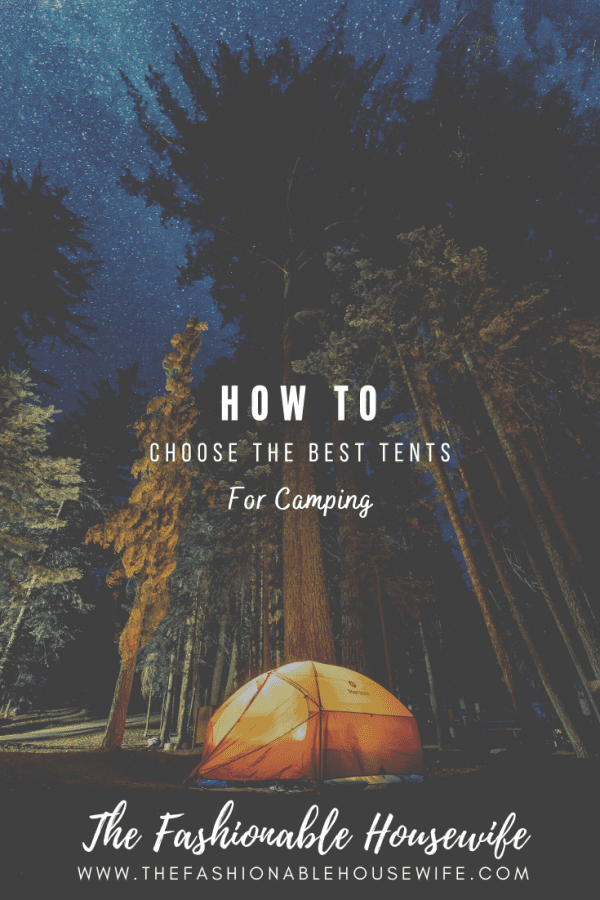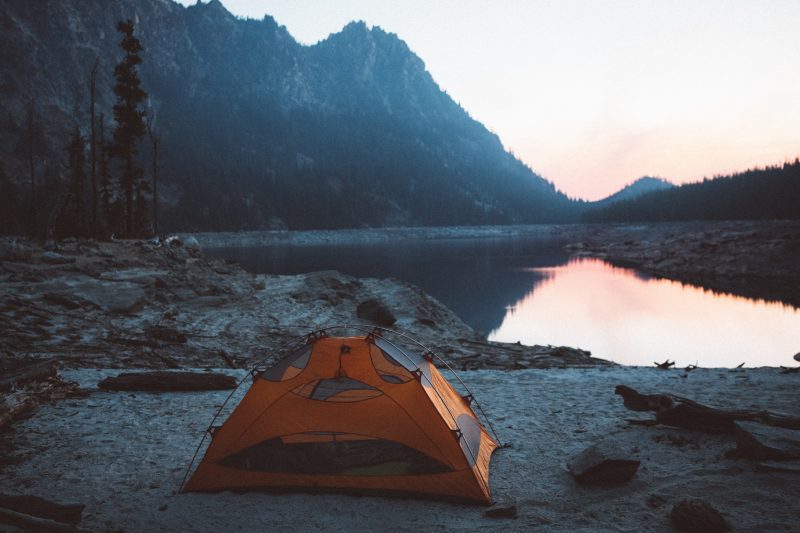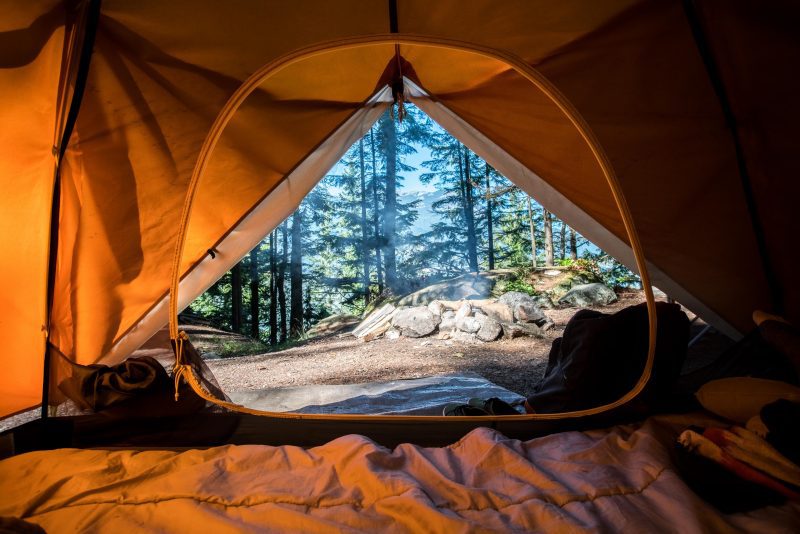
If you’re a new camper, you’re probably stuck on an essential part of camping. You don’t know which tents are the best or which will suit your style more. Tents are easy to buy if you know which features to look for.
There is no “best” tent per se, only tents that are the best suited for your camping style. For those who want to know how to choose the best tents for camping, you’ve come to the right place. We’ve sorted out the basic features one must consider when purchasing a tent. Read ahead to know more!

Tent Size and Weight
Floor Space
One of the essential features of choosing a tent is its size. You need to consider the number of people, pets, if any, and their personality when determining tent size. Generally, a minimum of 20 sq. feet per person is ideal.
However, if you are backpacking or biking and need to lessen the carry load, go for 15 sq. per camper. If you’re a tall person and need some extra floor space, instead of the usual 84-inches tent, buy a larger 90-inches one. Checking out sites like https://outdoorfunmag.com will help you in this regard.
Weight
As much as we’d like a spacey tent, the larger the floor size, the heavier it will be. Backpackers, bikers, hikers need to carry light while camping with a car can have any weight. Two-person lightweight tents which weigh less than four pounds are ideal for walking campers.
Camping Weather
You must consider the season you’re going go camping in. You need a tent with excellent airflow in warmer weather, while for snow camping, you need a warm tent.
3-Season Tents
These tents are suitable for three seasons, summer, fall, and spring. They are lightweight and have plenty of mesh panels for good airflow. The panels also prevent bugs from coming in. With a rainfly, these tents can tackle drizzles, but for moderate to heavy rain, wind, and snow, they’re not ideal.
4-Season Tents
These tents are the best for heavy snow and rain. You can use them for winter mountain camping getaway. They remain firm in their place despite terrible weather. They require more poles; the fabric is heavier and has only a few mesh panels to keep you warm.

Fundamental Tent Features
Material
Most tents these days are made of nylon, but canvas tents can also be found. When it comes to material weight, you need to check the denier. Low denier means lightweight tent. For ultralight tents, look for silnylon and dyneema fabrics. But tents with higher denier prevents leakage during extreme weathers.
Height
Look for tall middle height tents if you are a very tall person or stand up inside the tent. Three and a half feet from the ground to peak-height is a moderate height for sitting up.
- Cabin-style: a tent with close-vertical walls to increase tent height. It has ample space and comes with dividers.
- Dome-style: an ideal tent for windy seasons. It is sturdy, tall in the middle but has reduced space due to sloping walls.
Poles
Pole type tells you the difficulty of the tent pitching. Most larger tents are freestanding as they don’t require stakes. Some tents use clips and small poles for good airflow. Sleeves style and aluminum poles make for a strong tent.
Doors
You need to determine the number, opening, and shape of doors in your tent. For group camping, several doors are necessary. Cabin-style tents have this feature. YKK zippers are more durable and less noisy than usual zippers. But extra doors mean extra weight.
Airflow
You need tents with mesh panels on windows, doors, and even the ceiling for good airflow. This prevents condensation and allows a nice view of the outside. The hotter the weather, the larger the panel needs to be.
Rainfly
Rainfly is a water-resistant cover that is fitted over the tent roof. You need to use it for rain, dew, and insulation. Roof-only rainfly lets more light in and defends against moderate rain. However, a full-coverage rainfly provides heavy protection in extreme weather.
Double-wall or Single-wall
Tents that have both the central part and a rainfly is called a double-wall tent. Single-wall tents only have the main section. Single-walls are lightweight but get damp quickly. Double-walls are more popular as the rainfly prevents condensation.
Vestibules
A vestibule is a storage space that you can create by staking a rainfly. It is attached to your tent and gives you extra storage for gears and boots. They either come with rainfly or sold separately. It is beneficial if you have a smaller tent.
Footprint
This is a tent accessory that is put under the tent floor. A footprint is a ground cloth that protects your tent from uneven ground, dirt, and rocks. Custom footprints don’t catch water like mismatched ones.
Conclusion
Those are all the features you must consider when buying a tent. Now you know how to choose the best tents for camping. You need to consider the tent size, the weather, number of campers, ventilation, and much more. Hopefully, you find the best tent for you!



